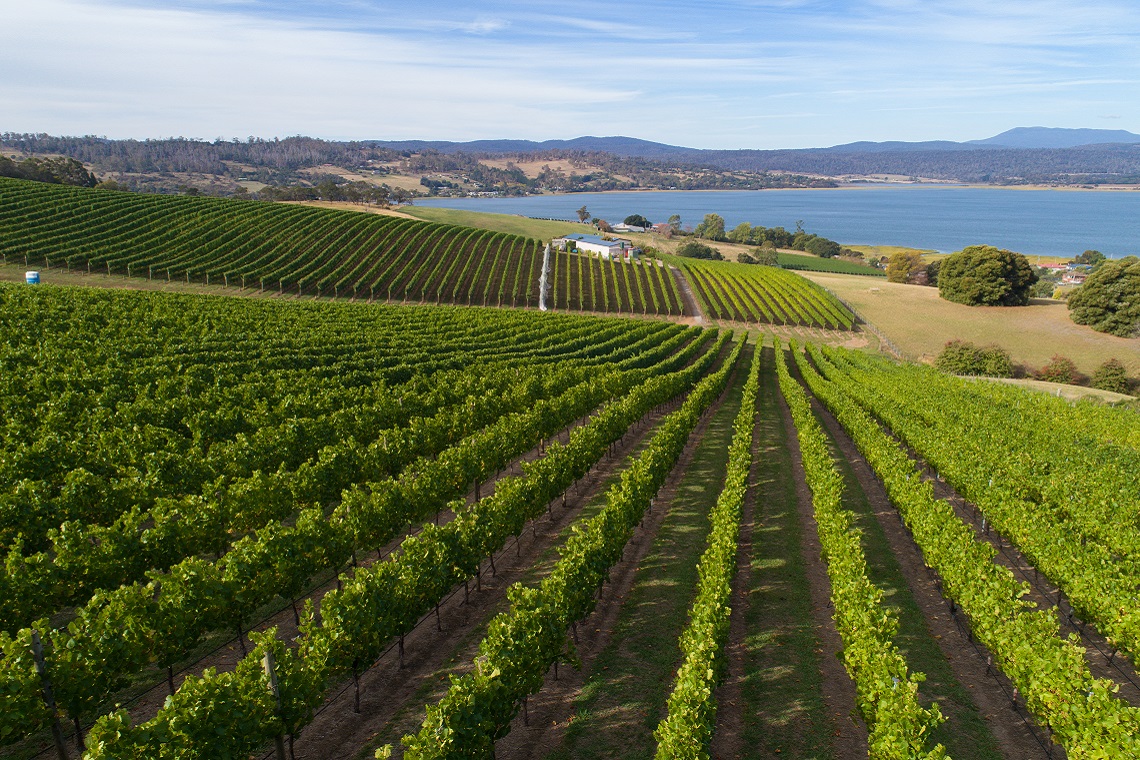Wine Australia, in conjunction with Consilium Technology has conducted the first-ever National Vineyard Scan, which has used artificial intelligence and satellite imagery to provide highly accurate vineyard data.
The scan replaces the old Australian Bureau of Statistics (ABS) paper-based survey which was last published in 2015. It has also revealed that that Australia has 146,128 hectares under vine and the locations of all the plantings.
In its first-ever scan – which covered five million hectares – the technology revealed:
- the total area of vineyards (146,128 hectares)
- the total length of vine rows (463,718 kilometres – enough to wrap around the Earth 11 times)
- the average density of vine rows (3.17 kilometres/hectare)
- the number of individual blocks identified (75,961)
- the largest geographic identification (GI) region (Riverland, South Australia), and
- the smallest GI region (Hastings River, New South Wales).
Wine Australia Chief Executive Officer Andreas Clark said the National Vineyard Scan was very accurate, with 95 per cent matching of vineyards compared with human identifications in test samples.
“This scan provides the sector with a very good baseline for follow-up surveys that will be carried out over the next two years.
“The last ABS survey set the total reported area of vineyards at 135,133 hectares, about eight per cent less than the Vineyard Scan found, but because of the differences in the methods used it is unwise to assign all of that difference to growth in plantings – some of that difference is likely to be the difference between estimated returns in the survey and actual mapping,” Clark said.
He added that the comparing the scan data with the last ABS report did support anecdotal reports that there had been little change in the overall national vineyard over the past few years.
“If all of the difference between the two figures were to be taken into account, it would suggest growth of 11,000 hectares nationally in three years or about four per cent average annual growth per year, which aligns with anecdotal reports of only very moderate increases in plantings over that timeframe.”
Consilium technology used an analysis algorithm known as Geospatial Artificial Intelligence for Agriculture, which scans high-resolution satellite images of Australia’s wine regions to identify exactly where and how many vine rows are planted.
In the short term, at the Australia Wine Industry Technical Conference at the end of July, an interactive GAIA app will be launched to allow grapegrowers and winemakers to identify and annotate their own blocks.

